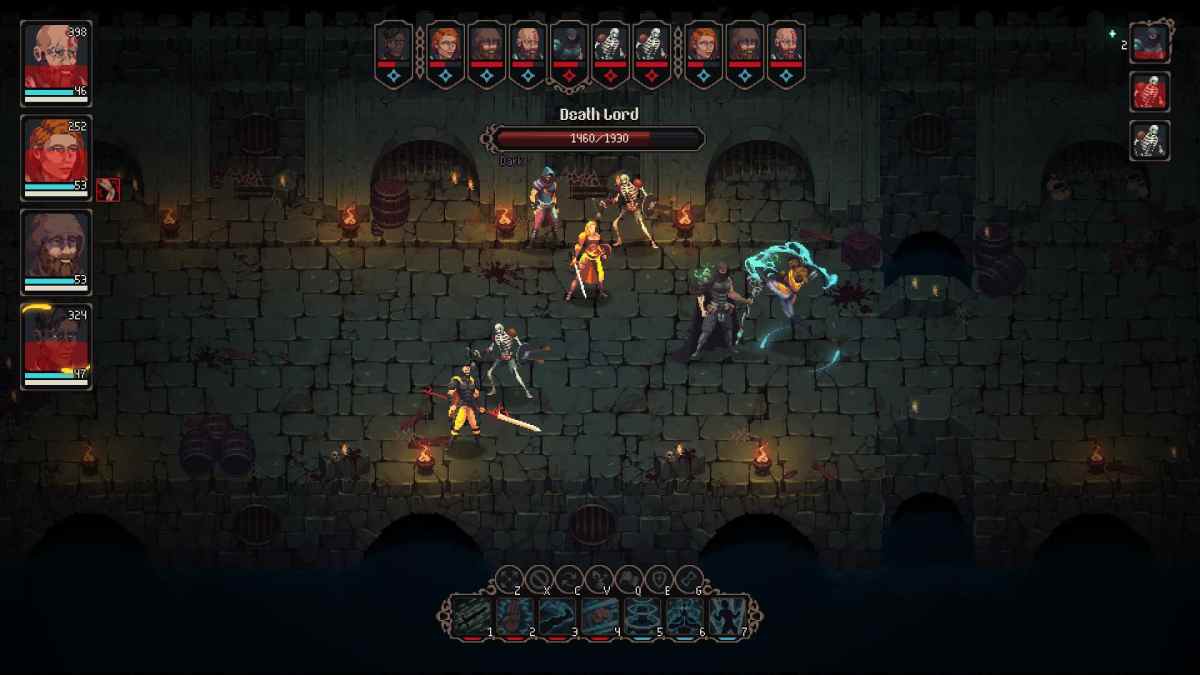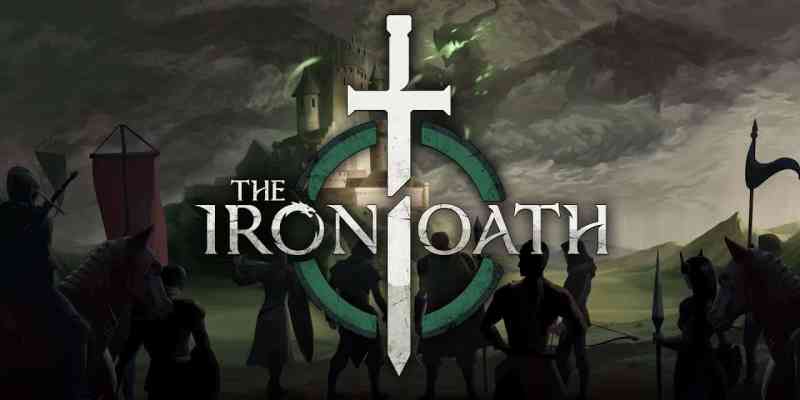Being the hero that I am, when The Iron Oath presented me with the chance to help a stranger in the distance, I naturally went to their aid. Then I had to immediately replay the demo after managing to kill half my party and the stranger I promised to protect. This encounter may have concluded the demo, but I was not finished yet. I was determined to try again and improve enough to keep my new companions alive. Therein lies the joy of turn-based tactical RPG The Iron Oath.
As the demo begins, you are dropped straight into the midst of battle, learning how the turn-based combat works as well as receiving gentle hints as to which ability combinations will create effective strategies against enemies. Combat is easy to understand and uses a hex-based grid that enables a variety of different approaches to ensure victory.
The difficulty of combat comes in the form of managing ability usage. My first attempt at the demo failed miserably because I had used up all of my healing spells in the first two enemy encounters, leaving me at the mercy of more formidable foes. In addition, enemy attacks deal brutal damage. That intensity in the battles kept me invested in the gameplay.

During exploration, time works against your party, offering debuffs and perks based upon how long you take to finish any given scenario. For example, as I was escorting refugees out of the mountains, my party became restless, meaning that upon entering combat, one of my characters would begin the encounter sleeping. This randomization invites further playthroughs and piqued my curiosity for what other status effects may exist in the full game.
The demo for The Iron Oath gives players the chance to complete a mission and see the overworld of the game, and that’s it for now. Curious Panda Games describes the game’s core features as including consequential decisions, contracts that take place over centuries, and an in-depth management system. Unfortunately, none of these elements are present within the demo. It does, however, clearly communicate the tone and base gameplay effectively to make you eager for more.
What consistently captivated me during the demo was the art style and animations. The use of contrast between the dark, broody environments and the vibrant colors of the characters creates scenes that are popping with personality. Similarly, the death animations are mesmerizing in a way that is simultaneously gruesome and beautiful.
The Iron Oath demo may be incredibly short, but it does exactly what a good demo should do — make you want the whole thing. While I was disappointed more of the unique features of the game were not demonstrated, the level of polish presented through the art and combat alone provide enough reason to look forward to the final product.
